I picked this up a few years ago in the bargain bin at a gun shop. It's obviously a Belgian knockoff influenced by the Charleville design but that's all I know. The makers mark was in use for over a hundred years. It has a thick patina all over except the underside of the barrel and the ramrod is thick enough to beat a mule to death with. If anyone knows anything more than I do about it I'd appreciate your help.
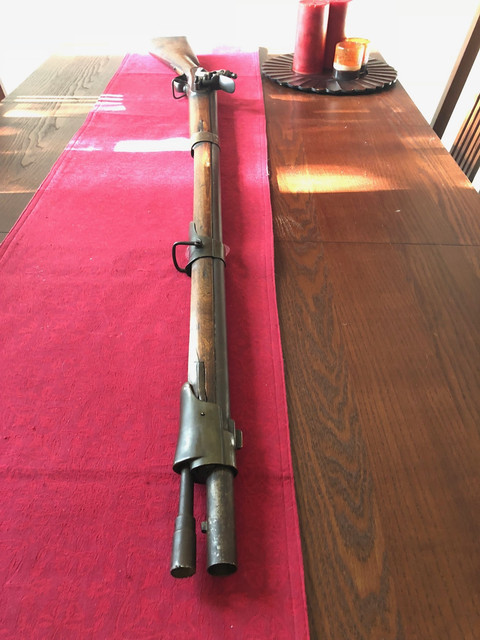
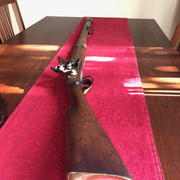
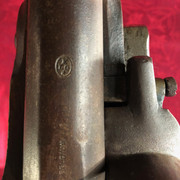
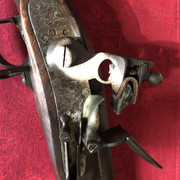
A serial number is visible on the lock plate as well as the stock.
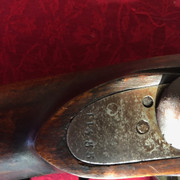
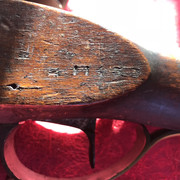
The front and rear barrel bands are secured by a piece of spring steel.

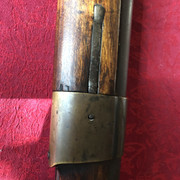
The center band is secured by the sling swivel screw.
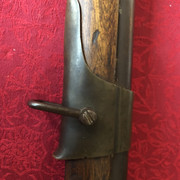
The stock has been repaired at some point on the left side of the tang.





A serial number is visible on the lock plate as well as the stock.


The front and rear barrel bands are secured by a piece of spring steel.


The center band is secured by the sling swivel screw.

The stock has been repaired at some point on the left side of the tang.






